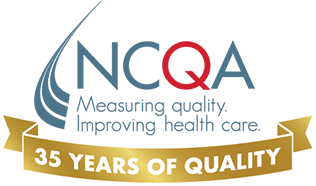Evaluators may ask practices to provide an explanation, or context and reasoning, for the data submitted. If a reported performance rate seems too low (or too high), the evaluator may ask the practice to enter an explanation of the performance in the Notes section of QPASS.
Practices are expected to provide a clear and succinct response as to why their performance rate is low, or unusually high. Because practices are expected to have fully implemented PMCH workflows and processes, the Review Oversight Committee (ROC) members would like to understand the reasoning behind the reported performance rates.
